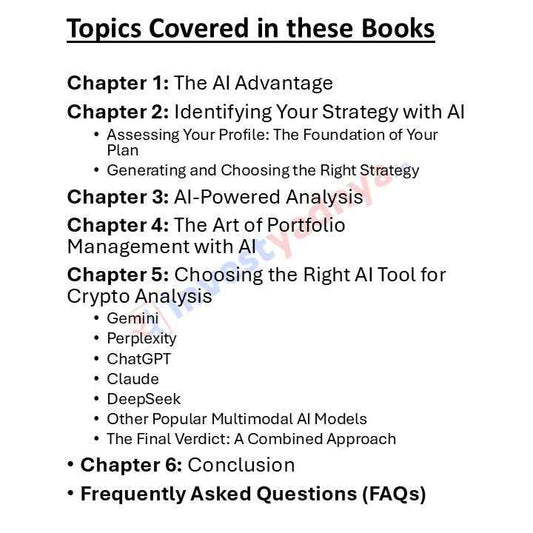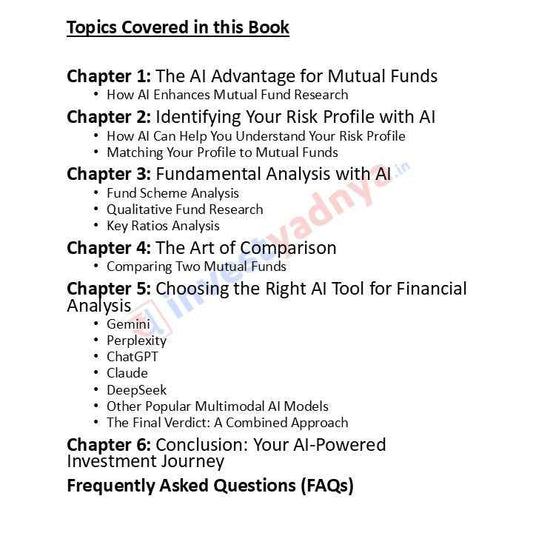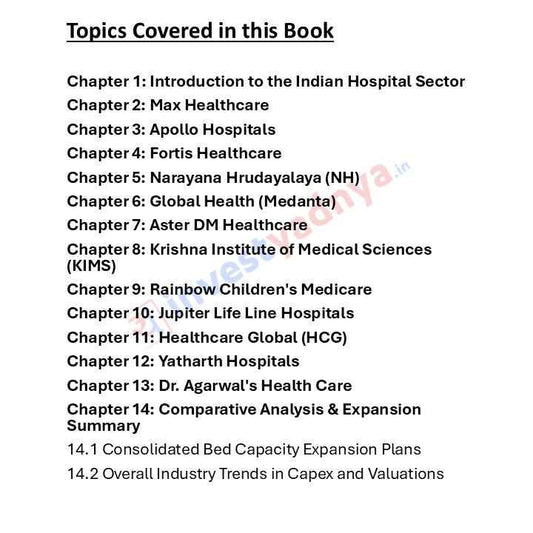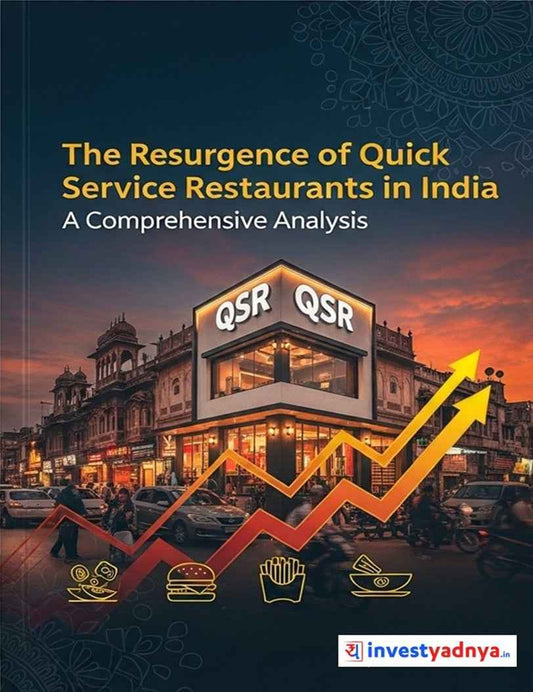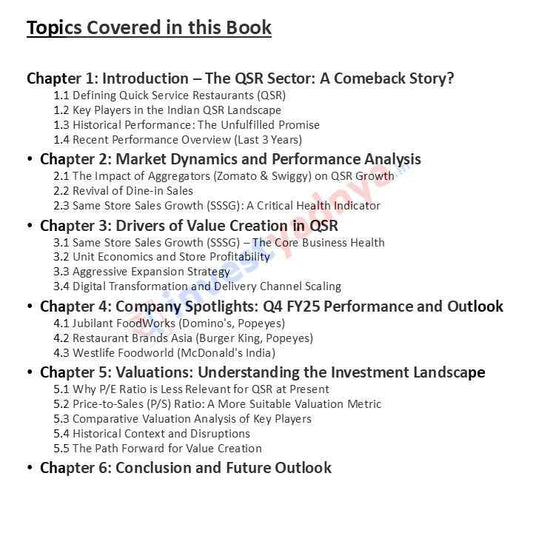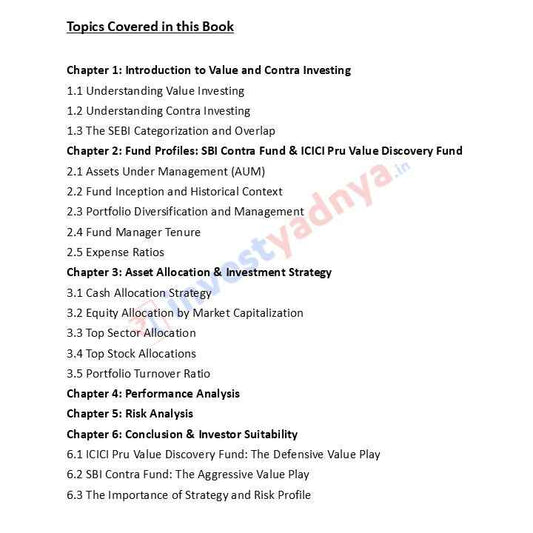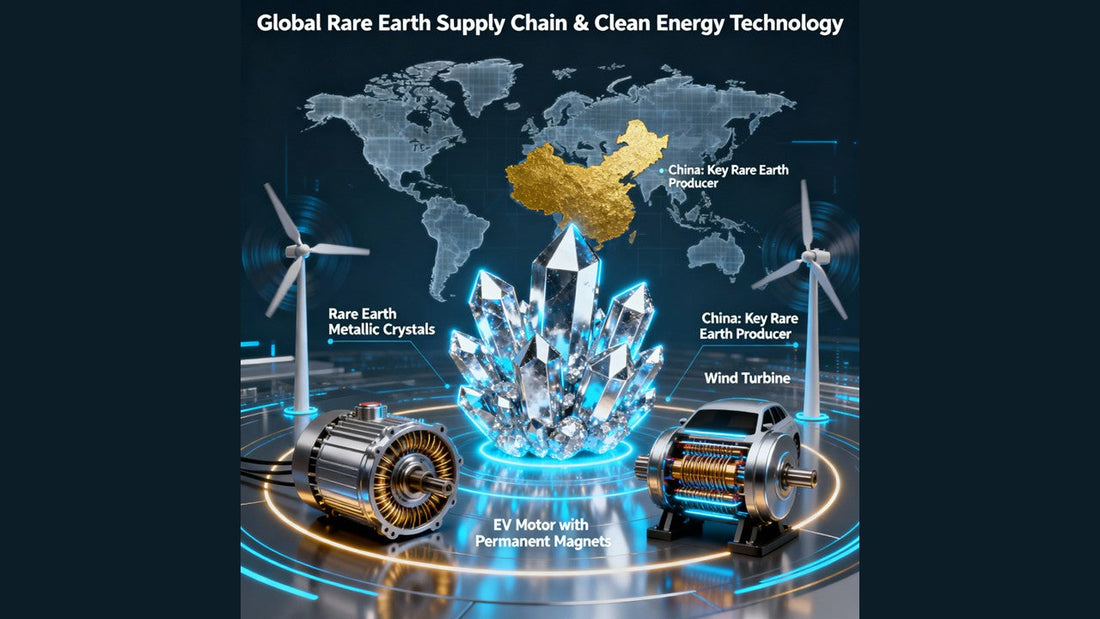
The Hidden Power Behind Clean Energy: Understanding Rare Earth Elements and China's Strategic Dominance
What Are Rare Earth Elements?
Rare Earth Elements are a group of 17 metallic elements with unique magnetic, fluorescent, and catalytic properties that make them irreplaceable in modern technology. Despite their name, they're not necessarily rare in terms of crustal abundance—some are more abundant than copper or lead. However, they're called "rare" because they're rarely found in high concentrations, making extraction economically and environmentally challenging.
Watch the full video here
The 17 Critical Elements
REEs are divided into two categories:
Light Rare Earth Elements (LREEs): Scandium, Lanthanum, Cerium, Praseodymium, Neodymium, Promethium, Samarium, Europium, and Gadolinium. These are more abundant and primarily extracted from bastnäsite and monazite mineral deposits in China and the USA.
Heavy Rare Earth Elements (HREEs): Terbium, Dysprosium, Holmium, Erbium, Thulium, Ytterbium, Lutetium, and Yttrium. These are less abundant, more valuable, and primarily sourced from ion-absorption clays in South China.
Among these, four elements stand out as particularly critical: Praseodymium, Neodymium, Samarium, and Dysprosium—the key ingredients for permanent magnets used in electric vehicles, wind turbines, and defense systems.

The Complete Value Chain: From Mine to Magnet
Mining rare earth ores from bastnäsite, monazite, and ion-absorption clay deposits yields concentrates containing less than 10% rare earth oxides (REO). The process involves crushing, grinding, flotation, and magnetic separation to extract the ore concentrate.
Processing and Refining
The concentrate undergoes intensive processing through ion exchange and solvent extraction to increase REO purity from 10% to 60% or higher. This stage is technologically complex and environmentally challenging, requiring sophisticated chemical processes that China has perfected over decades.
Metal Production
High-purity rare earth oxides are converted into pure metals through electrolysis, then processed into various forms: permanent magnets, catalysts, metal alloys, polishing powders, and phosphors.
End-Use Manufacturing

China's Unprecedented Dominance: The Numbers Tell the Story
In 2024, China produced 270,000 metric tons of rare earth oxides—approximately 69% of global production. When including Myanmar's 38,000 tons (which flows directly to Chinese refineries), China effectively controls 80% of global mining output.
The disparity is stark: China produces 100 times more rare earths than India, despite India holding 8% of global reserves compared to China's 49%.
Processing Monopoly
China's dominance becomes even more absolute in processing and refining, where it handles 89% of global rare earth separation and refining. Malaysia accounts for just 7% (primarily through Australian company Lynas), while all other countries combined represent only 4%.
Permanent Magnet Manufacturing

Why Permanent Magnets Matter Most

The Power of Rare Earth Magnets
Neodymium-iron-boron (NdFeB) and samarium-cobalt (SmCo) magnets are 15 times more powerful than conventional iron-based magnets. This superior magnetic strength enables:
- Smaller, more efficient electric motors for EVs and hybrid vehicles
- Compact generators for wind turbines
- High-performance defense systems including guided missiles and radar
- Miniaturized consumer electronics from smartphones to hard drives
- Advanced medical imaging equipment
Growing Demand from Clean Energy
The global transition to clean energy is driving explosive growth in rare earth demand:
- Electric vehicle motors require 1-2 kg of rare earth magnets per vehicle, with demand expected to rise from 37 kilotons in 2024 to 43 kilotons in 2025
- Wind turbines use up to 600 kg of rare earth magnets per megawatt of capacity
- Clean energy applications are projected to grow from 17% of total REE demand in 2022 to 31% by 2030
- EV demand alone is expected to increase from 7% to 22% of total rare earth consumption
Total global rare earth demand is projected to reach 220,000-250,000 metric tons by 2025 and nearly 400,000 metric tons by 2030.
The Environmental Cost: A Toxic Legacy
Producing one ton of rare earth oxides generates:
- Thousands of tons of waste rock and tailings
- 75 cubic meters of acidic wastewater
- One ton of radioactive residue
The environmental challenges are so severe that areas like Baotou in China—home to the world's largest rare earth mine—have been described as "hell on earth," with vast toxic sludge lakes created by improper waste disposal. This environmental burden is a major reason why Western countries abandoned rare earth production in the 1990s and 2000s, inadvertently ceding the entire industry to China.
India's Untapped Potential: A Story of Underutilization
India holds 6.9 million tons of rare earth reserves—the third-largest in the world and sufficient to meet domestic demand for 450 years at current consumption rates. India controls 35% of the world's beach and sand mineral deposits, which contain significant REE concentrations.
Major deposits are located along the coastal regions of Kerala, Tamil Nadu, Odisha, and Andhra Pradesh.
Minimal Production
Despite these vast reserves, India produced only 2,900 tons in 2024—less than 1% of global output. Indian Rare Earths Limited (IREL), a public sector unit under the Department of Atomic Energy, is the sole producer, operating small-scale processing plants in Tamil Nadu, Kerala, and Odisha.
Critical Gaps
India has no permanent magnet manufacturing capability using rare earth elements. The country produces only basic products like polishing powders, glass additives, and metal alloys for domestic industries. India's sole rare earth magnet company imports all raw materials from China, creating complete dependency on Chinese supplies.
Impact on EV Industry
This dependency poses serious challenges for India's growing electric vehicle sector:
- EV penetration in two-wheelers has reached 6%, with companies like Ola Electric and Ather Energy particularly vulnerable to supply disruptions
- Four-wheeler EV penetration stands at 2%, with hybrid vehicles at 6%
- Companies like Tata Motors (3% EV share) and Maruti Suzuki (14% hybrid share) face exposure to rare earth supply volatility
How China Became the Undisputed King: A Strategic Timeline
While the USA's Mountain Pass mine supplied 50% of global rare earth needs, environmental incidents led to mine closures in the United States. China aggressively expanded production, offering subsidies to drive global prices down and make Western operations economically unviable.
Australia's Lynas Corporation attempted to establish operations in Malaysia, but couldn't compete with Chinese pricing.
2000-2009: Total Dominance
By 2009, China controlled 95% of global rare earth production. The USA closed its domestic mining operations entirely, becoming completely dependent on Chinese supplies. China consolidated the industry, improving efficiency and vertical integration from mining through magnet production.
2010: The Wake-Up Call
A territorial dispute between China and Japan over the Senkaku/Diaoyu Islands prompted China to halt rare earth exports to Japan. Prices skyrocketed—materials costing $5 per kilogram jumped to $67, while others increased from $42 to $440.
This crisis revealed the national security implications of rare earth dependency, particularly for defense industries.
2014-Present: Legal Control
China operates at a loss across the rare earth supply chain to maintain market dominance, with prices dropping 20% between January and July 2024. The centralized system allows China to absorb these losses strategically, while competitors cannot sustain operations at these price levels.
Global Trade Routes: All Roads Lead to China
Even rare earths mined outside China ultimately flow to Chinese refineries:
- USA's Mountain Pass mine: 45,000 tons annually sent to China for processing (though this is changing with recent investments)
- Myanmar's Kachin State: 38,000 tons annually of heavy rare earths flow directly to Chinese refineries
- Australia's Mount Weld: 18,000 tons sent to Malaysia (Lynas facility) or Japan, but still dependent on Chinese technology
- Vietnam and Thailand: Mining output shipped to China and Japan for processing
This geographic dependency creates vulnerabilities that China has leveraged multiple times for geopolitical objectives.
Major Global Players in Rare Earth Mining and Manufacturing
Chinese Giants
China Northern Rare Earth Group: Operates the Bayan Obo mine (40 million tons reserves, 100,000 tons annual production)—historically supplying over half of global rare earths. The company is 17 times larger than its nearest international competitor by market capitalization.
China Rare Earth Group: Controls multiple separation facilities across South China, specializing in heavy rare earths.
JL Mag and ATNM: Dominant permanent magnet manufacturers.
Non-Chinese Companies
Lynas Rare Earths (Australia): The largest non-Chinese rare earth miner, operating the Mount Weld mine in Australia with processing in Malaysia. Represents the only significant large-scale separation plant outside China.
MP Materials (USA): Owns the Mountain Pass mine in California (1.5 million tons reserves). Recently started US-based refining and magnet production after decades of sending ore to China.
Hitachi Metals (Japan): Historically a global leader in magnet technology, but now partially dependent on Chinese rare earth supplies and has shifted some production to China.
Permanent Magnets Limited (India): India's only rare earth magnet manufacturer, completely dependent on Chinese raw materials. Company executives have indicated it may take until 2030 to develop independent supply chains.
Export Restrictions: China's Geopolitical Weapon
China has repeatedly used rare earth export controls as leverage in international disputes:
- 2010: Export ban to Japan during territorial dispute
- 2019: Threatened restrictions during US-China trade tensions
- 2023-2025: Export licensing requirements for gallium, germanium, and rare earth processing technology
- October 2024: New traceability regulations requiring detailed records of all rare earth product flows
- 2025: Continued restrictions affecting global supply chains, particularly impacting EV and clean energy sectors
These restrictions have immediate impacts on critical industries—electric vehicle production, wind turbine manufacturing, defense systems, consumer electronics, and medical devices all face potential disruptions when China tightens controls.
Global Countermeasures: Breaking China's Monopoly
- Reopening Mountain Pass: MP Materials has restarted mining and is building US-based processing and magnet manufacturing facilities
- Department of Defense funding: Supporting development of domestic rare earth supply chains
- Inflation Reduction Act: Incentivizing domestic critical mineral production
European Union Actions
- Diversifying suppliers beyond China, including partnerships with India, Australia, and Vietnam
- Developing rare earth recycling technologies
- Maintaining technological leadership in magnet design to reduce rare earth content
Challenges to Diversification
Despite these efforts, China's dominance is expected to continue at least until 2040:
- Technology gap: China has a 20-year head start in processing expertise
- Economic viability: Chinese subsidies make it difficult for competitors to operate profitably
- Environmental regulations: Western countries face stricter environmental standards, increasing costs
- Time lag: New mines require 7-15 years from discovery to production
- Processing complexity: Building refining capability requires massive capital investment and technological transfer
India's National Critical Mineral Mission: A Path Forward
Exploration: Geological Survey of India will conduct 1,200 exploration projects from 2024-25 to 2030-31.
Mining: Over 100 critical mineral blocks will be auctioned, with the central government having exclusive authority to auction leases for 24 critical minerals, including rare earths.
Processing Infrastructure: Establishment of Mineral Processing Parks to develop domestic refining capabilities.
Offshore Mining: Fast-tracking offshore exploration for polymetallic nodules containing cobalt, rare earths, nickel, and manganese.
Foreign Acquisitions: Supporting PSUs like KABIL and private firms to acquire critical mineral assets abroad through government-backed financing.
Recycling: Developing guidelines and incentives for critical mineral recycling from end-of-life products.
Research & Development: Promoting innovation through patent filing, startup support, and R&D funding.
Strategic Stockpile: Creating a National Critical Mineral Stockpile to mitigate supply disruptions.
Recent Developments
- Rajasthan discoveries: In 2021-22 and 2022-23, GSI conducted reconnaissance surveys for rare earths including neodymium in Sirohi and Bhilwara districts
- Balotra deposit: Department of Atomic Energy discovered approximately 111,845 tonnes of in-situ Rare Earth Elements Oxide in Balotra, Rajasthan
- 195 projects: In 2024-25, GSI initiated 195 projects, including 35 in Rajasthan focused on critical minerals
Timeline Challenges
Industry experts and Indian companies acknowledge this transformation will take time. Permanent Magnets Limited has indicated that scaling up domestic production capabilities may not be achievable before 2030. The gap between policy announcement and operational capacity remains significant.
The Strategic Implications: Why Rare Earths Matter for National Security
The rare earth industry faces an uncomfortable truth: these "green" materials essential for clean energy have devastating environmental impacts during production:
- Radioactive waste: Rare earth ores often contain thorium and uranium, creating radioactive residues requiring long-term containment
- Acid mine drainage: Processing generates massive volumes of acidic wastewater contaminating rivers and groundwater
- Air pollution: Dust from mining operations and chemical processing releases toxic particles
- Habitat destruction: Mining operations destroy ecosystems and agricultural land
- Health impacts: Workers and nearby communities face elevated cancer rates and respiratory diseases
China's willingness to accept these environmental costs gave it a competitive advantage when Western countries tightened environmental regulations in the 1990s. Now, any country seeking to develop domestic rare earth capacity must balance economic and security needs against environmental protection—a challenge that significantly slows diversification efforts.
The Road Ahead: A Multipolar Rare Earth Future?
- USA, Australia, and Canada successfully scale up mining and processing
- Recycling technologies reduce primary demand by 15-20%
- Alternative technologies reduce rare earth content in magnets and motors
- India activates its vast reserves through the NCMM
- International cooperation creates redundant supply chains
Pessimistic Scenario
- Economic pressures force closure of high-cost Western operations
- China further consolidates control through strategic acquisitions
- Technology gaps prove insurmountable in processing and manufacturing
- Environmental opposition blocks new mines in democratic countries
- Supply disruptions during geopolitical crises cause economic damage
Most Likely Outcome
A gradual, partial reduction in Chinese dominance from 90% to perhaps 70% by 2035, with persistent vulnerabilities in processing and magnet manufacturing. China will maintain strategic leverage, but alternatives will provide some supply security for critical applications in defense and clean energy.
Conclusion: The Hidden Foundation of Modern Life
Rare Earth Elements represent one of the most critical strategic resources of the 21st century, yet remain largely invisible to the public. These 17 elements enable the smartphones in our pockets, the electric vehicles on our roads, the wind turbines generating clean electricity, and the defense systems protecting nations.
China's overwhelming dominance—from 49% of reserves to 70% of mining, 89% of processing, and 92% of permanent magnet manufacturing—creates unprecedented geopolitical leverage and supply chain vulnerabilities. Every electric vehicle sold, every wind turbine installed, and every smartphone manufactured depends on materials flowing through Chinese-controlled supply chains.
For India, the rare earth story is one of missed opportunities and future potential. Holding 8% of global reserves but producing less than 1% of output, India exemplifies the gap between resource endowment and strategic capability. The National Critical Mineral Mission offers a pathway forward, but transforming vast coastal deposits into processed materials and permanent magnets will require sustained investment, technological development, and political will over decades.
The global clean energy transition cannot succeed without secure rare earth supplies. As demand triples from 59 kilotons in 2022 to 176 kilotons by 2035, the world faces a choice: accept permanent Chinese dominance over critical supply chains, or invest now in the difficult, expensive, and environmentally challenging work of building alternative sources. The decisions made in the next five years will shape technological capabilities, economic competitiveness, and geopolitical power for the remainder of the century.
The hidden power behind clean energy is not solar panels or wind turbines—it's the rare earth elements that make them possible. And whoever controls these elements controls the future.
Key Takeaways:
- Rare earth elements are critical for EVs, wind turbines, defense systems, and consumer electronics
- China controls 70% of mining, 89% of processing, and 92% of permanent magnet manufacturing
- India holds 8% of global reserves but produces less than 1% of output—a massive underutilization
- Permanent magnets represent 45% of rare earth demand and are essential for electric motors
- Breaking China's monopoly will take decades and requires massive investment in mining, processing, and manufacturing capabilities
- The clean energy transition depends on secure rare earth supplies, making this a critical national security issue for all countries





